To the uninitiated, a baseball bat is a pretty simple piece of gear. But those who take their game seriously and try to learn everything that they can about baseball bats know just how complex a simple baseball bat can be.
And once you get an idea of the complexity that surrounds a baseball bat, simple is the last word you would use to describe it. But don’t let that scare you.
If you want to make your mark as one of the greatest in the sport, learning all you can about your baseball bat can’t hurt. In fact, once you understand the different elements of a baseball bat, buying the perfect one for yourself will become much easier.
Now, one metric that often confuses many players is the BPF. What Does BPF Mean on a Baseball Bat? BPF stands for Bat Performance Factor, and it’s a metric that’s used in many baseball and softball governing bodies to set standards for the bats allowed in regulated games. But what does it mean, really?
Well, that’s where I come in. I’ll discuss in detail what BPF means on a baseball bat so that you’ll be one step closer to understanding your baseball bat completely. So, let’s get started.
Table of Contents
What Does BPF Mean on a Baseball Bat?
I’ll be honest – among all the different metrics that you might have to think about when buying a high-quality baseball bat, the BPF is probably the hardest one to understand. Compared to a bat length or even the drop weight of baseball bats, understanding what BPF does is a bit more complicated.
And frankly, most ball players wouldn’t worry too much about it. As long as you have a basic idea of what it does and what the different BPF values mean, you should be fine.
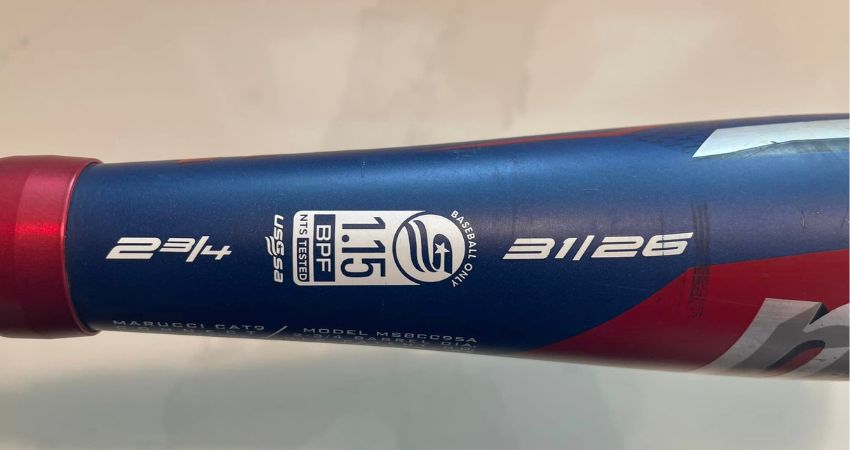
As I said already, the term, BPF stands for Bat Performance Factor. Now, one thing to understand here is that all baseball bats, regardless of their construction material, are compressed at the barrel when it comes into contact with the baseball bat.
This compression absorbs the energy from the baseball bat’s swing and the pitcher’s pitch and redirects it outwards. When the connection is good, the energy transferred to the ball is higher. In other words, you’ll get the most exit velocity out of your batted ball.
But how does BPF come into all this?
Well, the bat performance factor of a baseball bat measures the rebound capacity of a bat in relation to a solid wall. So, if a bat has a BPF of 1, then the ball would bounce off it the same way as it would if it was bouncing off a solid wall. A higher BPF value means the rebounding capacity of the bat is higher.
If the bat has a BPF of 1.10, that means that the ball would bounce off of the bat with the same amount of redirected energy as a solid wall, plus 10% additional energy.
So, the key thing to note here is that a higher BPF baseball bat can redirect more energy into the batted ball. A 1.50 BPF baseball bat would offer 50 percent more bounce compared to a solid wall.
That means if two batters swing two different bats with the same level of power against the same type of pitch, the bat with the higher BPF will drive the ball further.
Because of this quality, BPF is a pretty huge deal among both baseball and softball players. A higher BPF bat will allow the hitter to deliver more power behind their swing.
Then again, since BPF impacts the quality of a bat by such a big margin, it’s heavily regulated by different governing bodies. For instance, the USSSA leagues have a specific standard for the bat performance factor of a baseball bat which is different from the USA standards.
What Does 1.15 BPF Mean?
As I said already, the BPF or Bat Performance Factor of a baseball bat is a measure of how hard a baseball rebounds off the bat compared to a solid wall. The standard BPF for USSSA baseball bats is 1.15. It’s also the standard for travel baseball bats.
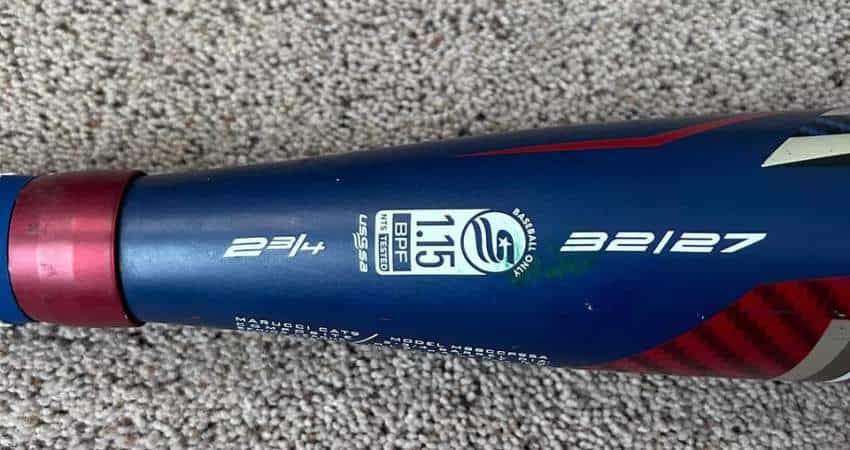
Now the BPF 1.15 implies that the rebounding effect of the baseball bat is about 15 percent more than a solid wall. That means when you make a proper connection to the ball with your baseball bat, it will fly off 15 percent harder than it would when it bounced off a solid wall.
Is BPF 1.15 same as USSSA?
Yes, BPF 1.15 is associated with the criteria set by USSSA for bat performance. USSSA, or United States Specialty Sports Association, is the prominent governing body that oversees youth and adult baseball and softball leagues in the United States.
BPF 1.15 is considered their standard for bat performance. What that means is if you want to buy a bat that’s legal for USSSA baseball or softball games, it must have a BPF rating of 1.15 or less.
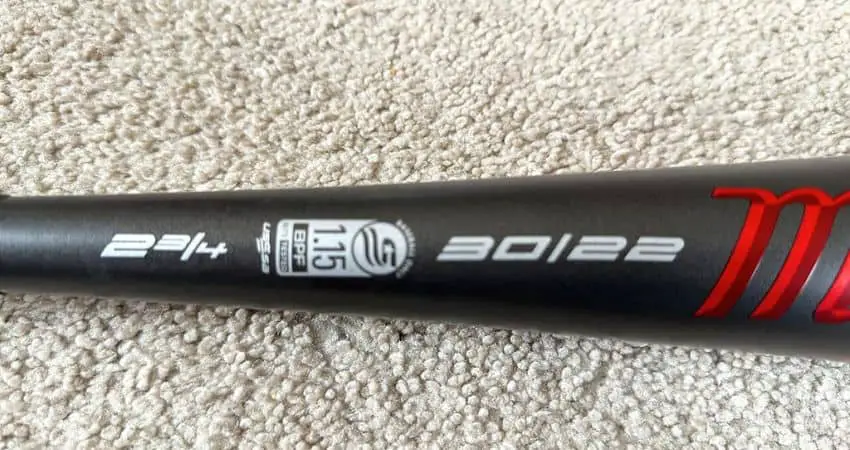
Going with a bat that goes over the 1.15 BPF value will result in disqualification from USSSA sanctioned leagues and tournaments. So, if you play competitive baseball and if you’re team regularly competes in USSSA-approved leagues, it’s important to buy a bat that does not exceed the BPF rating of 1.15.
You can usually know that a bat is approved for USSSA plays by looking for a 1.15 BPF stamp on the handle or barrel of the bat. If you’re confused about whether your bat is USSSA approved, it’s best to talk to your coach before you commit to it.
What is a Good BPF?
Baseball bats are commonly available in three BPF ratings – 1.15, 1.20, and 1.21. And there’s really no such thing as a “good” BPF. It all depends on what sort of games you are playing.
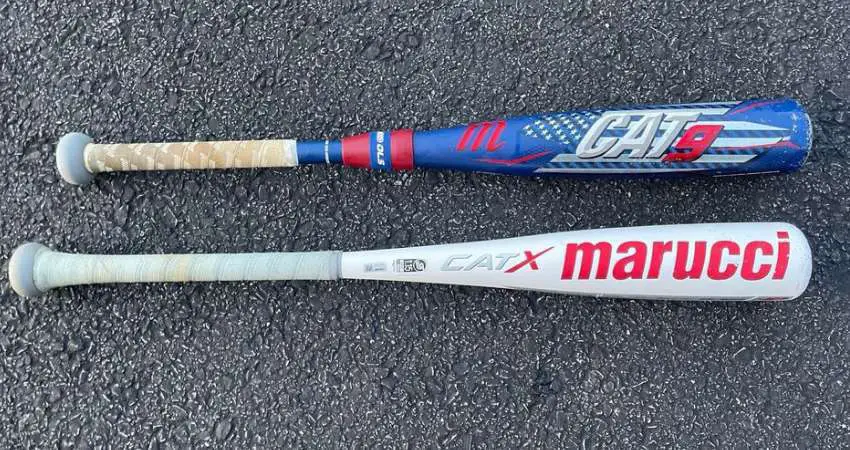
That being said, 1.15 BPF ratings are usually seen in youth and bag barrel baseball bats. Fastpitch softball bats are rated at 1.20 BPF. And slowpitch softball bats come with a BPF rating of 1.21.
So, you should go with the BPF that’s more suited to the type of game you play.
What is the Difference Between 1.20 BPF and 1.21 BPF?
BPF 1.20 and 1.21 are not that common for baseball bats. But for softball leagues, these two BPF values are pretty important.
BPF 1.20 means that the bat will offer 20 percent additional bounce if it hits a ball compared to a solid wall. And by the same logic, a BPF 1.21 bat will give you an extra one percent rebound capacity which means the ball will bounce off the bat 21 percent harder.
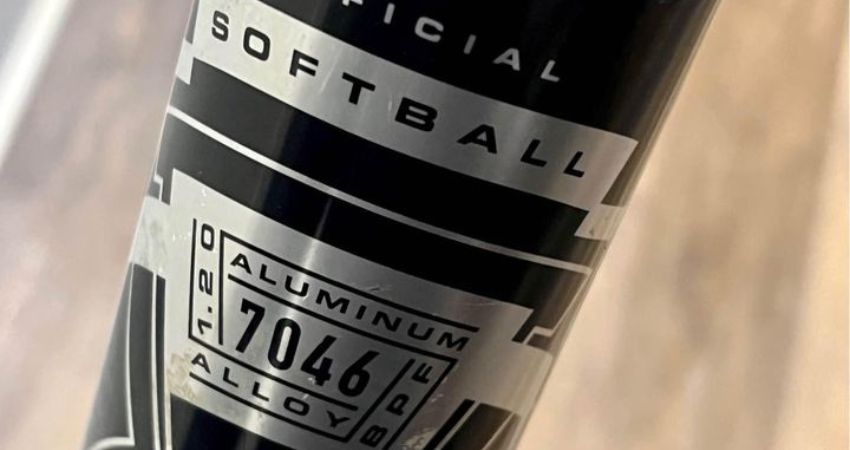
While the difference between the two bats with varying BPF is pretty minuscule, the leagues that you play under each bat are completely different.
1.20 BPF stamp softball bats are used in ISA (Independent Softball Association), ISF (Independent Softball Federation), and NSA (National Softball Association) games.
A 1.21 BPF stamp softball bat, on the other hand, is only allowed in SSUSA (Senior Softball USA) games.
As you can see, these two BPF ratings are exclusive to softball. So, if you’re buying a high-quality softball bat, make sure to give its BPF rating a quick check to make sure you’re buying a bat that’s suitable for your organization. But for baseball players, 1.20 or 1.21 BPF doesn’t really matter.
What is the difference between USA Baseball and USSSA 1.15 BPF bats?
While understanding what BPF means is important, it’s also important to understand it’s application in two prominent governing bodies in baseball – USA and USSSA.
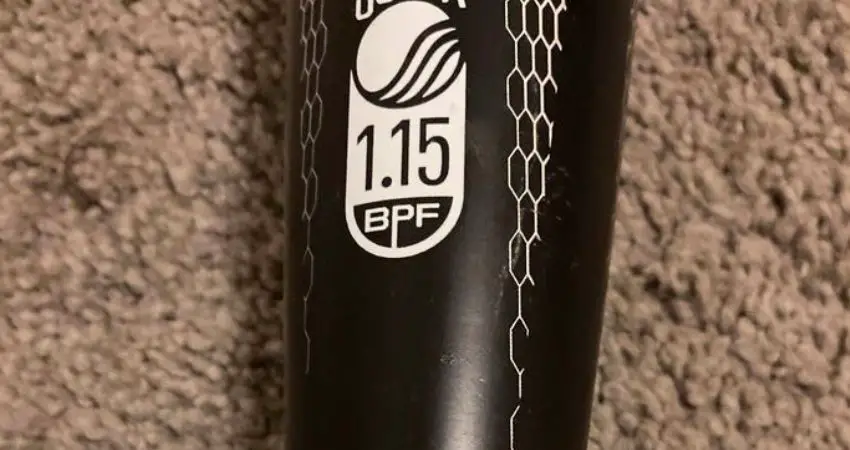
USSSA baseball bats have a strict requirement of having a BPF rating of 1.15 bats. This aims to eliminate inconsistencies and remove unfair advantages that one player or team might have over their opponents.
USA baseball bats, on the other hand, don’t adhere to any specific BPF rating. The goal of USA baseball is to make sure the bats have a “wood-like” feel to it. As such, there are no drop weight limitations in USA bats, and the maximum barrel size allowed is 2-5/8 inches.
There are, of course, many other differences between USA and USSSA baseball bats which I’ll save for another day.
The Bottom Line
The bat performance factor is a pretty important metric to understand for any budding ball player. It might not make you a better hitter, but it does impact your overall understanding of a baseball bat.
And once you know the different BPF ratings and how different organizations set their standards, you’ll be able to choose a baseball bat that’s perfect for your play style.
I hope my in-depth explanation of what BPF means on a baseball bat could help shed light on its mysteries. Cheers!
